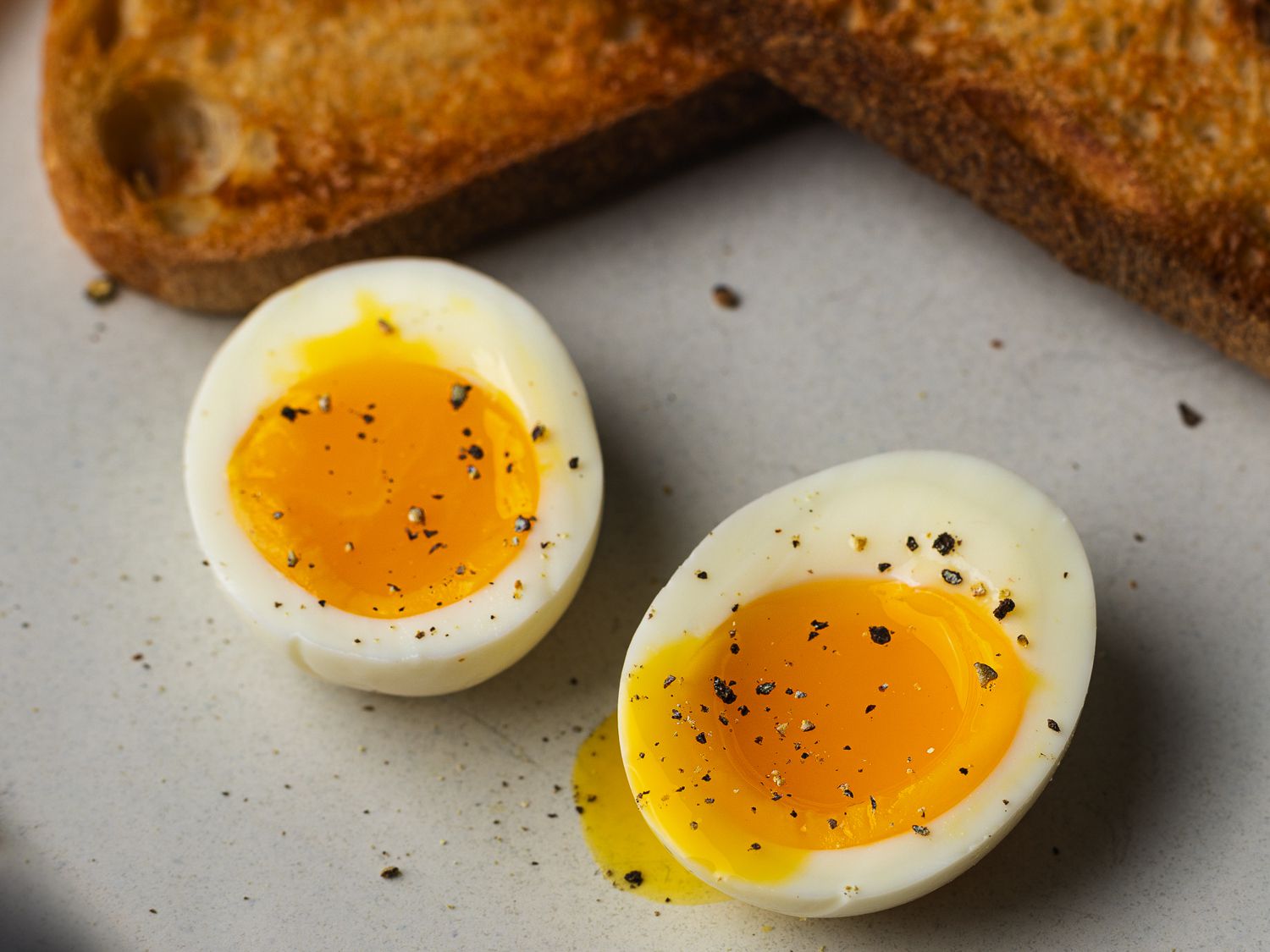

Articles
How To Store Soft Boiled Eggs
Modified: February 26, 2024
Learn the best method for storing soft boiled eggs to keep them fresh and delicious. Read our informative articles and never waste another soft boiled egg again.
(Many of the links in this article redirect to a specific reviewed product. Your purchase of these products through affiliate links helps to generate commission for Storables.com, at no extra cost. Learn more)
Introduction
Soft boiled eggs are a versatile and delicious addition to any meal. With their creamy yolks and tender whites, they can elevate a simple dish to new heights. Whether you enjoy them for breakfast, lunch, or dinner, knowing how to properly store soft boiled eggs is essential for maintaining their quality and ensuring food safety.
In this article, we will explore the benefits of soft boiled eggs, tips for selecting the right eggs, a step-by-step guide to perfectly soft boiling them, and techniques for storing and reheating them. Additionally, we will share creative ways to incorporate soft boiled eggs into your culinary creations.
So, let’s dive in and learn everything you need to know about storing soft boiled eggs!
Key Takeaways:
- Soft boiled eggs are a versatile, nutrient-rich addition to any meal, offering easy digestion and quick preparation. Select, cook, store, and enjoy them with creativity and culinary flair.
- Master the art of soft boiling eggs for creamy, delicious results. From selecting the right eggs to storing and reheating, explore the benefits and creative uses of this versatile ingredient.
Read more: How To Store Boiled Eggs
The Benefits of Soft Boiled Eggs
Soft boiled eggs offer a range of benefits that make them a popular choice among egg enthusiasts. Here are a few reasons why you should consider incorporating soft boiled eggs into your diet:
- Rich in Nutrients: Soft boiled eggs are packed with essential nutrients. They are an excellent source of high-quality protein, vitamins, and minerals such as vitamin B12, vitamin A, vitamin D, and iron. These nutrients play a crucial role in promoting overall health and wellbeing.
- Easily Digestible: Soft boiled eggs have a softer texture compared to hard-boiled eggs, making them easier to digest for many individuals. This can be particularly beneficial for those with sensitive digestive systems or who have difficulty digesting certain foods.
- Quick and Easy to Prepare: Soft boiling eggs is a relatively quick and straightforward process. It requires minimal ingredients and can be done in a matter of minutes. This makes soft boiled eggs a convenient and time-saving option for those looking for a nutritious meal on the go.
- Versatile in Culinary Applications: Soft boiled eggs can be enjoyed in various ways. From simple breakfast dishes like egg and soldiers to salads, ramen bowls, or even as a topping for avocado toast, their creamy texture and delicious flavor can enhance a wide range of dishes.
- Weight Management: Soft boiled eggs are often included in weight loss and management plans due to their high protein content. Protein-rich foods have been shown to increase satiety and help control appetite, making soft boiled eggs a satisfying and filling option for those looking to shed pounds or maintain a healthy weight.
Overall, soft boiled eggs are not only nutritious but also versatile, making them an excellent addition to any diet. Whether you’re seeking a quick and easy breakfast option or looking to add a protein-packed ingredient to your favorite dishes, soft boiled eggs offer a range of benefits that make them worth incorporating into your meal plan.
How to Select the Right Eggs
When it comes to achieving the perfect soft boiled egg, selecting the right eggs is essential. Here are some tips to help you choose the best eggs for soft boiling:
- Freshness: Fresh eggs are key to achieving a great soft boiled egg. Look for eggs with a recent production date or a “best before” date that is several weeks away. You can typically find this information on the carton. Fresh eggs have a firmer white and a higher chance of achieving a runny yolk.
- Size: While soft boiled eggs can be made with any size of egg, it’s important to consider the cooking time. Larger eggs may require slightly longer cooking times to achieve the desired consistency, while smaller eggs may cook more quickly. Choose the egg size that suits your preference and adjust the cooking time accordingly.
- Grade: Pay attention to the grade of the eggs. Grade AA or A eggs are recommended for soft boiling due to their firm whites and sturdy shells, which are less likely to break during the cooking process.
- Organic or Free-Range: Consider opting for organic or free-range eggs if available. These eggs come from hens that are raised with more space to move and are fed an organic diet without the use of hormones or antibiotics. As a result, they tend to have a higher quality and richer flavor.
- Appearance: When selecting eggs, examine each one for cracks or unusual marks on the shell. Cracks can cause the egg to leak during cooking or pose a higher risk of bacterial contamination. Choose eggs with intact, clean shells to ensure the best results.
By following these guidelines, you can select the right eggs for soft boiling. Freshness, size, grade, and appearance all play vital roles in achieving the perfect soft boiled egg with a runny yolk and tender whites.
Step-by-Step Guide to Soft Boiling Eggs
Soft boiling eggs is a simple process that requires attention to timing and temperature. Here is a step-by-step guide to help you achieve perfectly cooked soft boiled eggs:
- Start with room temperature eggs: It’s best to begin with eggs that are at room temperature. This allows for more even cooking and reduces the risk of cracking the eggs when they are added to hot water.
- Prepare a pot of boiling water: Fill a pot with enough water to cover the eggs completely. Bring the water to a gentle boil over medium-high heat.
- Gently lower the eggs into the boiling water: Using a spoon or tongs, carefully place the room temperature eggs into the boiling water, one at a time. Be cautious not to drop them, as this could cause the shells to crack.
- Set the timer: Once all the eggs are in the pot, set a timer for the desired cooking time. For a soft boiled egg with a liquid yolk and firm whites, cook for around 5-6 minutes. Adjust the timing according to your preference for a slightly firmer or runnier yolk.
- Monitor the cooking time: While the eggs are cooking, keep an eye on the timer to ensure you achieve the desired level of doneness. Avoid overcooking, as this can result in a fully set yolk and a less desirable soft boiled egg.
- Prepare an ice bath: As the eggs are nearing the end of the cooking time, fill a bowl with cold water and ice cubes. This will be used to cool the eggs quickly and stop the cooking process.
- Transfer the eggs to the ice bath: Once the timer goes off, use a spoon or tongs to carefully transfer the eggs from the pot to the ice bath. Allow them to sit in the ice bath for about 5 minutes to cool and prevent further cooking.
- Peel and enjoy: After the eggs have cooled, gently tap them on a hard surface to crack the shell, then peel it off. Soft boiled eggs are typically served by cutting off the top of the egg and scooping out the soft, runny yolk. Enjoy them on their own or with a sprinkle of salt and pepper.
By following these step-by-step instructions, you’ll be able to prepare delicious soft boiled eggs with ease. Remember to keep an eye on the cooking time and adjust it according to your personal preference for yolk consistency.
Tips for Achieving the Perfect Soft Boiled Egg
While soft boiling eggs may seem straightforward, there are a few tips and tricks that can help you achieve the perfect soft boiled egg every time. Here are some key tips to keep in mind:
- Timing is Crucial: Cooking time is essential for achieving the desired consistency of a soft boiled egg. It’s important to experiment with the cooking time and adjust it according to your preference. Start with the suggested time of 5-6 minutes and make note of any variations you prefer.
- Use a Timer: To ensure consistency and avoid overcooking, always use a timer. This will help you keep track of the cooking time and prevent the eggs from becoming hard-boiled.
- Room Temperature Eggs: It’s best to use room temperature eggs to prevent the eggs from cracking when added to the boiling water. If you store your eggs in the refrigerator, take them out at least 30 minutes before cooking to allow them to come to room temperature.
- Gently Lower the Eggs: When placing the eggs into the boiling water, lower them gently to minimize the risk of shells cracking. This can be done using a spoon or tongs to carefully place the eggs in the water.
- Size Matters: Keep in mind that the cooking time may vary depending on the size of the eggs. Larger eggs will require slightly more cooking time, while smaller eggs may cook faster. Adjust the cooking time accordingly based on the size of the eggs you are using.
- Ice Bath: Transferring the eggs to an ice bath immediately after cooking not only cools them down quickly but also helps in easier peeling. The rapid cooling stops the cooking process and ensures that the eggs retain their desired softness.
- Properly Store Leftover Eggs: If you have leftover soft boiled eggs, it’s important to store them properly to maintain their quality and food safety. Peel the eggs and place them in an airtight container in the refrigerator. They can be stored for up to 3-4 days.
- Reheating: If you want to reheat soft boiled eggs, place them in a bowl of hot, but not boiling, water for a few minutes. This gentle reheating method will help warm up the eggs without overcooking them.
- Experiment with Seasoning and Pairings: Soft boiled eggs are incredibly versatile and can be enjoyed in various ways. Experiment with different seasonings such as salt, pepper, or paprika to enhance their flavor. You can also pair them with toast, salads, or other dishes to create a delicious meal.
By following these helpful tips, you’ll be on your way to achieving the perfect soft boiled egg every time. With practice and a little experimentation, you’ll find the ideal cooking time and methods that suit your taste and preferences.
After boiling, place soft boiled eggs in a bowl of cold water to stop the cooking process. Store them in the refrigerator for up to 2 days.
Read more: How To Make Soft Boiled Eggs In Air Fryer
Storing Soft Boiled Eggs
Properly storing soft boiled eggs is essential to maintain their quality and ensure food safety. Here are some guidelines to follow:
- Peel before storing: It is recommended to peel soft boiled eggs before storing them. Peeling the eggs makes it easier to store and reheat them later.
- Allow the eggs to cool: After peeling, allow the eggs to cool completely at room temperature. Storing warm eggs in the refrigerator can lead to condensation, which can affect their texture and increase the risk of bacterial growth.
- Use an airtight container: Place the peeled and cooled soft boiled eggs in an airtight container. This will help prevent any odors from transferring to the eggs and protect them from absorbing moisture from the refrigerator.
- Label and date the container: To keep track of the freshness of the eggs, label the container with the date of storage. This will help ensure that you use the eggs within a safe time frame.
- Refrigerate promptly: Place the container of soft boiled eggs in the refrigerator as soon as possible. Ideally, they should be stored in the main compartment of the refrigerator, where the temperature is most consistent.
- Store for up to four days: Soft boiled eggs can be stored in the refrigerator for up to four days. Beyond that, their quality and taste may start to decline. It’s essential to consume soft boiled eggs within this time frame to ensure freshness and safety.
- Separate from strong-smelling foods: To prevent the eggs from absorbing unwanted flavors, it’s best to store them away from strong-smelling foods. Keep them separate from foods like onions, garlic, and certain cheeses.
By following these storage guidelines, you can prolong the shelf life of your soft boiled eggs while maintaining their quality and taste. Remember to always check for any signs of spoilage before consuming the stored eggs.
Properly Reheating Soft Boiled Eggs
If you have leftover soft boiled eggs that you want to enjoy again, it’s important to properly reheat them to preserve their texture and taste. Here are some methods for reheating soft boiled eggs:
- Warm water bath: This gentle reheating method helps warm up the eggs without overcooking them. Fill a bowl with hot water (not boiling) and place the peeled soft boiled eggs into the water. Allow them to sit for a few minutes until they reach the desired temperature.
- Steam: Another effective method is to use steam to reheat the soft boiled eggs. Fill a pot with about an inch of water and bring it to a simmer. Place a steamer basket or a heatproof colander over the pot, ensuring that the eggs are not touching the water. Cover the pot and let the eggs steam for a few minutes until they are heated through.
- Microwave: If you’re short on time, you can use a microwave to reheat soft boiled eggs. However, this method requires caution to prevent overcooking. Place the peeled eggs in a microwave-safe dish and cover them with a damp paper towel. Microwave on low heat or in short intervals, checking frequently until the desired temperature is reached.
- Integrate into other dishes: Instead of reheating the soft boiled eggs on their own, you can incorporate them into other dishes. Add them to salads, ramen, or stir-fries, gently reheating them as part of the overall dish.
Regardless of the method you choose, it’s important to note that reheating soft boiled eggs may result in slightly firmer yolks compared to their initial serving state. However, careful reheating can help preserve the creamy texture and prevent the eggs from becoming overcooked.
Remember to reheat only the amount of eggs you plan to consume to avoid reheating the same eggs multiple times, which can affect their quality and increase the risk of foodborne illness. It is not recommended to reheat soft boiled eggs more than once.
With these reheating methods, you can enjoy your soft boiled eggs again without compromising their taste and texture. Experiment with different methods to find the one that suits your preferences and culinary needs.
Creative Ways to Use Soft Boiled Eggs
Soft boiled eggs are highly versatile and can be utilized in a variety of creative and delicious ways. Here are some ideas to inspire you to think beyond the traditional serving methods:
- Egg and Soldiers: A classic breakfast combination, serve the soft boiled eggs with slices of toasted bread or breadsticks, also known as “soldiers.” Dip the soldiers into the runny yolk for a delightful, comforting meal.
- Salads: Add a protein boost to your salads by slicing soft boiled eggs and incorporating them into green salads, grain bowls, or Nicoise salads. The creaminess of the yolks provides a rich and satisfying element to the dish.
- Ramen Toppings: Elevate your bowl of ramen by placing a halved soft boiled egg on top. The yolk adds an extra layer of flavor and creaminess when it mixes with the broth.
- Avocado Toast: Mash a ripe avocado on a slice of toast and top it with slices of soft boiled eggs. Sprinkle with salt, pepper, and a dash of hot sauce for a filling and nutritious breakfast or snack.
- Bibimbap: Create a delicious Korean-inspired bibimbap by arranging a variety of cooked vegetables, rice, and a soft boiled egg in a bowl. Mix them together, allowing the yolk to create a luscious sauce that coats the ingredients.
- Deviled Eggs: Transform your soft boiled eggs into this classic party favorite. Remove the yolks, mix them with mayonnaise, mustard, and seasonings, then pipe or spoon the mixture back into the egg whites for a delightful appetizer or snack.
- Cobb Salad: Incorporate soft boiled eggs into a classic Cobb salad, alongside ingredients like bacon, avocado, tomatoes, and blue cheese. The combination of flavors and textures will make for a satisfying and nutritious meal.
- Egg Salad Sandwich: Chop up soft boiled eggs and mix them with mayonnaise, mustard, and seasonings to create a delicious egg salad. Spread it on your favorite bread, add some lettuce or other vegetables, and enjoy a tasty and protein-rich sandwich.
These are just a few creative ways to use soft boiled eggs, but the possibilities are endless. Don’t be afraid to experiment and incorporate them into your favorite dishes to add a touch of richness and flavor.
Remember to always handle and store soft boiled eggs properly to ensure food safety. Enjoy the versatility of these delightful eggs and let your culinary creativity shine!
Conclusion
Soft boiled eggs are a delightful addition to any meal, offering a creamy yolk and tender whites that can elevate a dish to new heights. By following the tips and techniques outlined in this article, you can master the art of soft boiling eggs and enjoy them in various creative ways.
We discussed the benefits of soft boiled eggs, including their nutrient content, ease of digestion, and versatility in culinary applications. Selecting the right eggs, whether fresh and of the appropriate grade, is crucial for achieving the perfect soft boiled egg. We also provided a step-by-step guide to help you cook soft boiled eggs to your desired consistency.
Properly storing and reheating soft boiled eggs are important for maintaining their quality and ensuring food safety. We offered tips on how to store soft boiled eggs in the refrigerator and provided various methods for reheating them, whether through a warm water bath, steaming, or even incorporating them into other dishes.
Lastly, we explored the creative possibilities of using soft boiled eggs in your culinary adventures. From classics like egg and soldiers or deviled eggs to more contemporary ideas like topping ramen or enhancing salads, soft boiled eggs can add a rich and delicious touch to a wide range of dishes.
Now, armed with the knowledge and inspiration from this article, go forth and cook up some amazing soft boiled eggs. Experiment with different flavors, textures, and serving ideas to discover your personal favorites. Whether enjoyed at breakfast, lunch, or dinner, soft boiled eggs are sure to satisfy your palate and impress your guests!
Frequently Asked Questions about How To Store Soft Boiled Eggs
Was this page helpful?
At Storables.com, we guarantee accurate and reliable information. Our content, validated by Expert Board Contributors, is crafted following stringent Editorial Policies. We're committed to providing you with well-researched, expert-backed insights for all your informational needs.
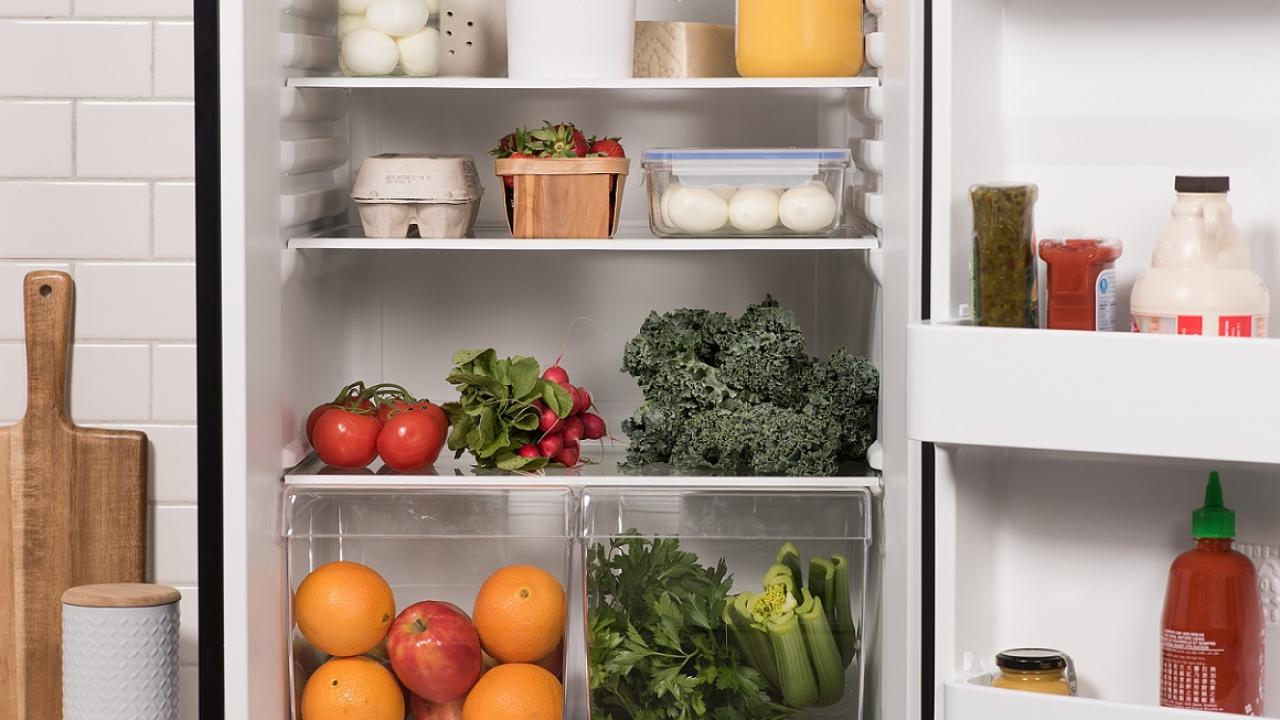
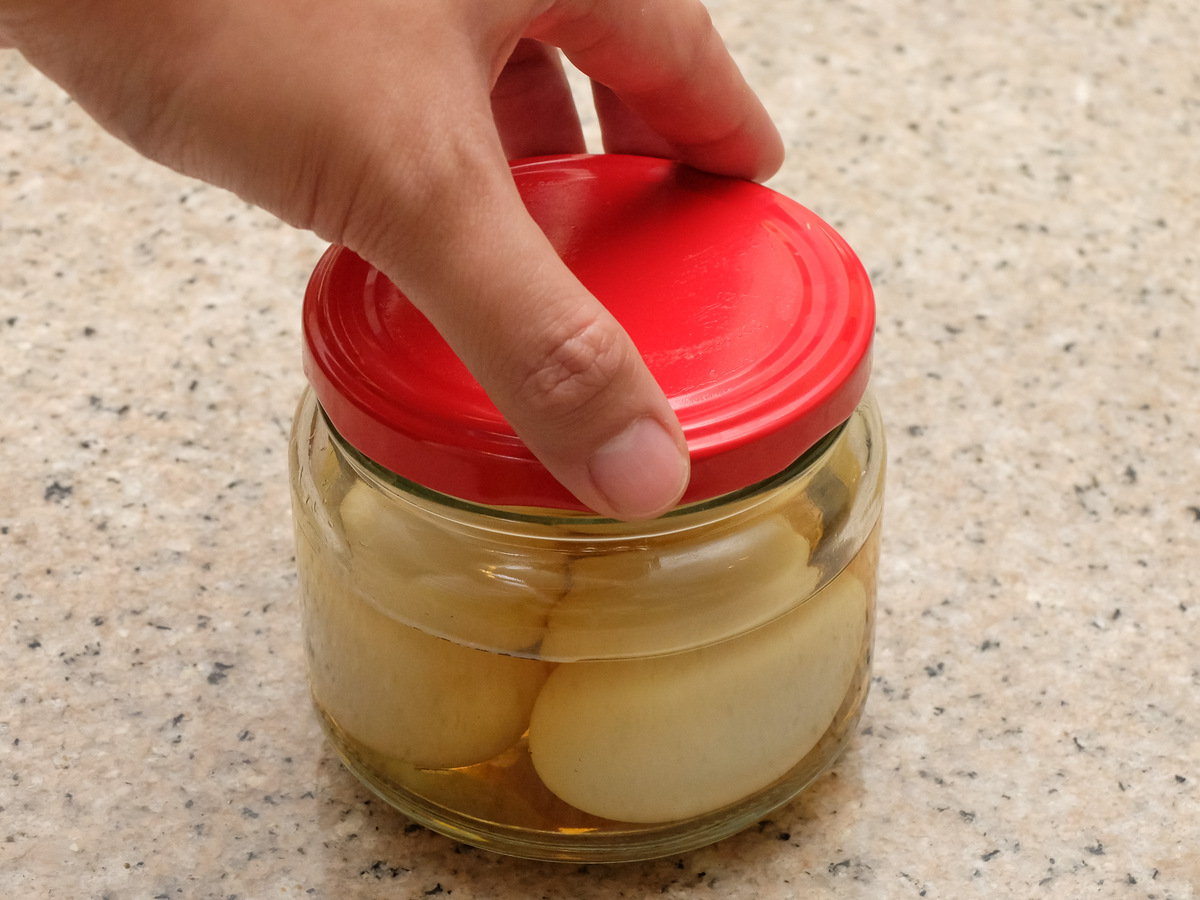
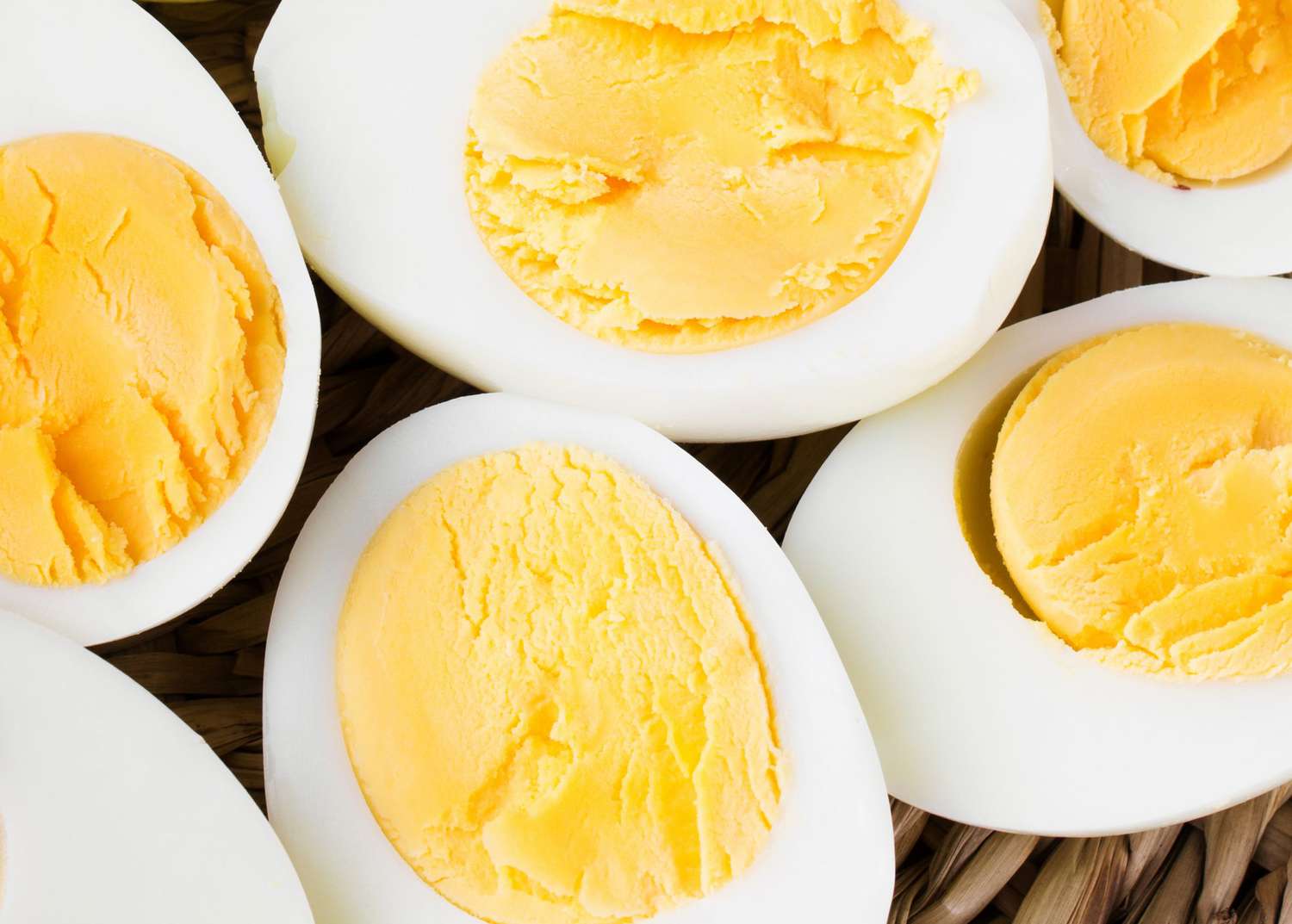
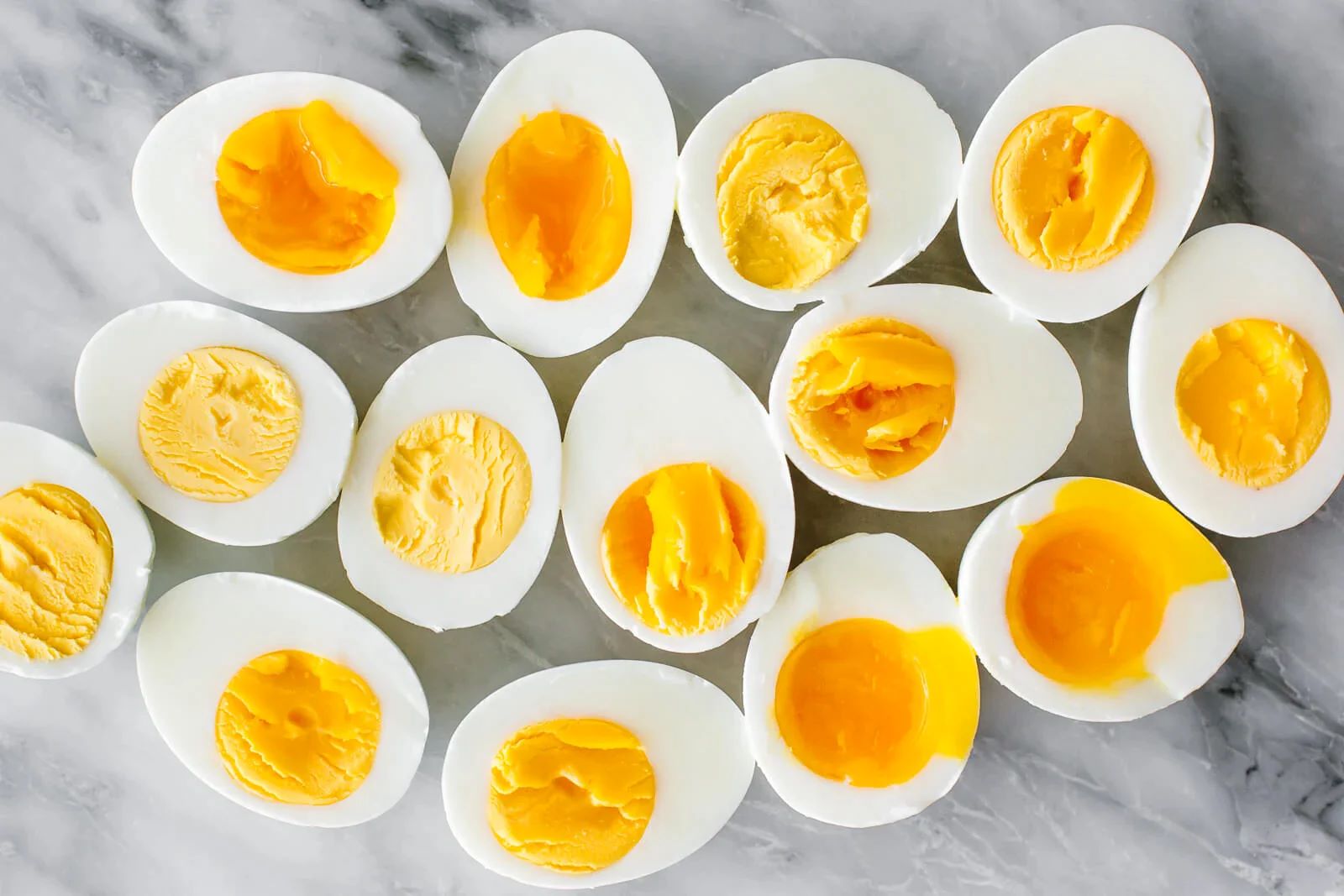
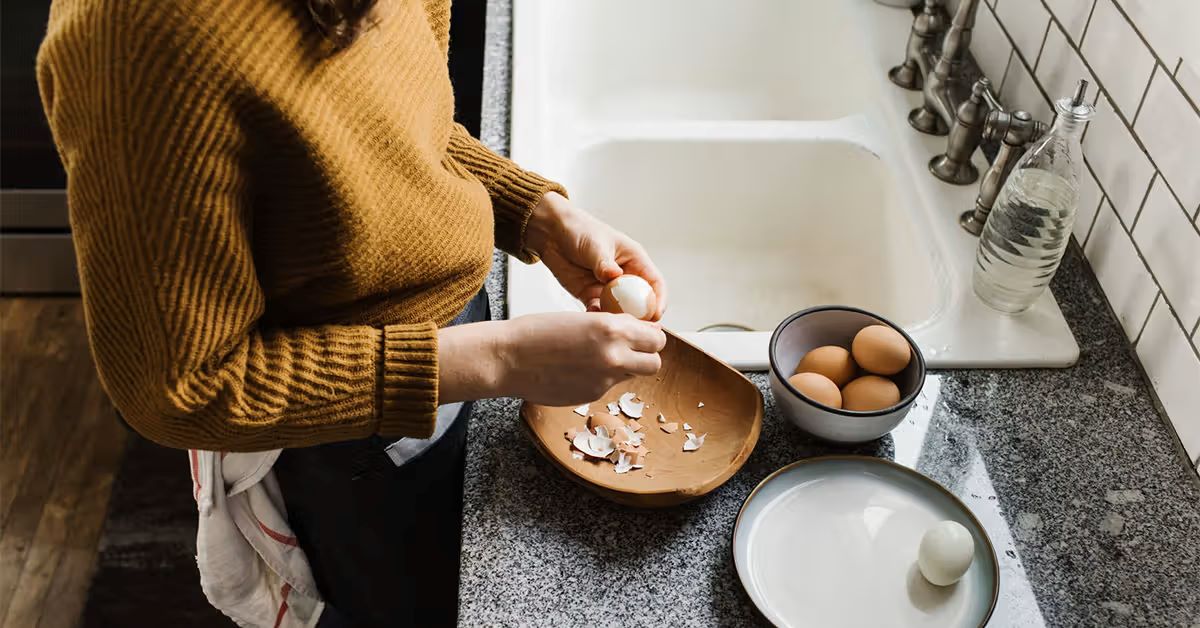
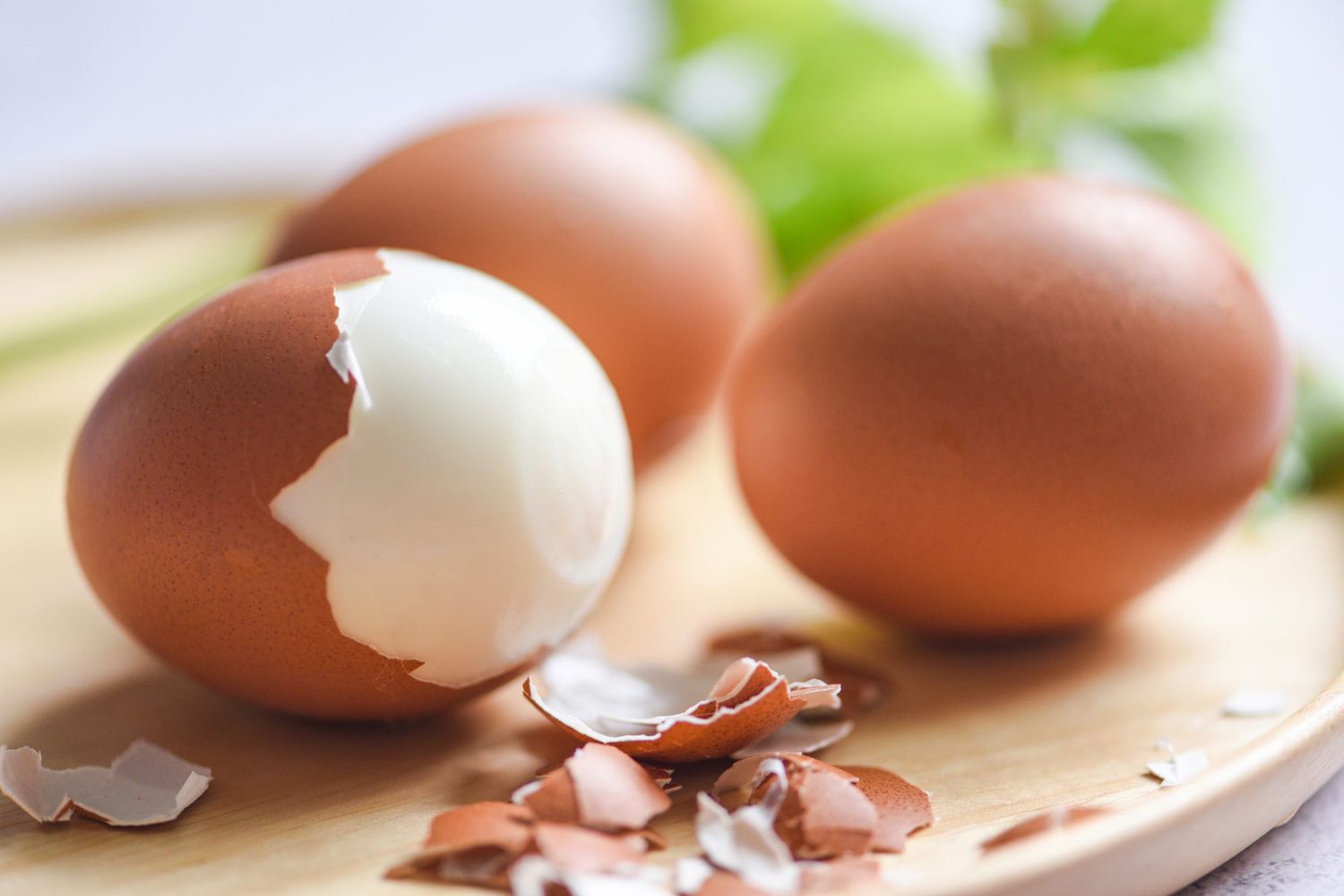
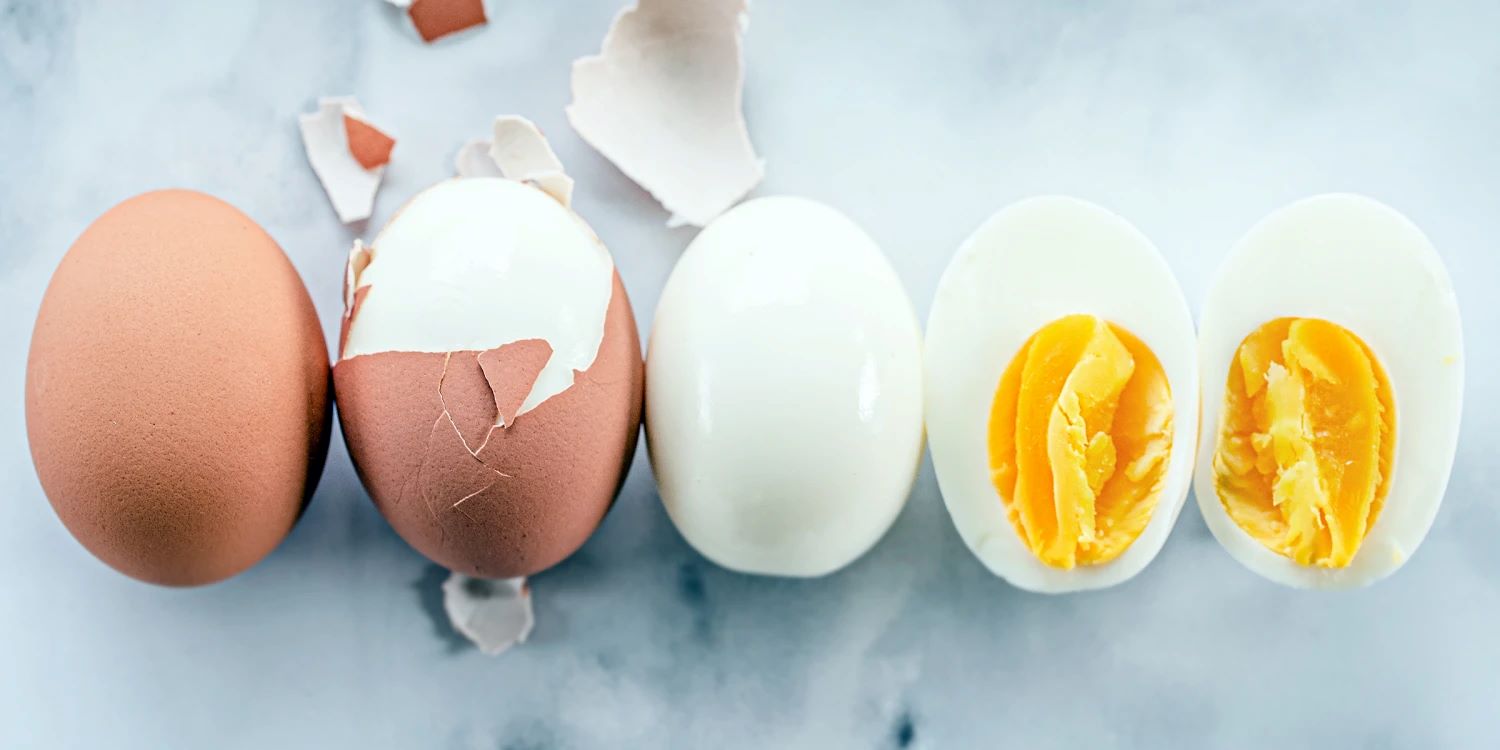
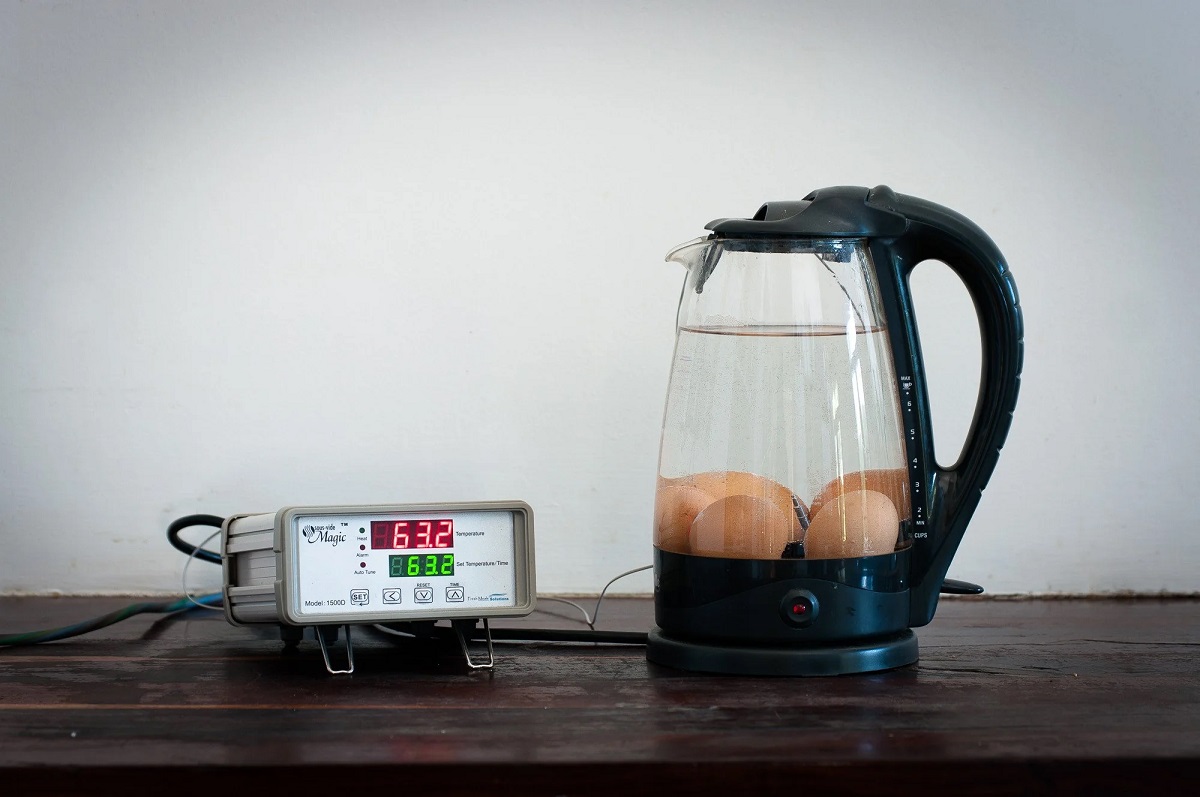
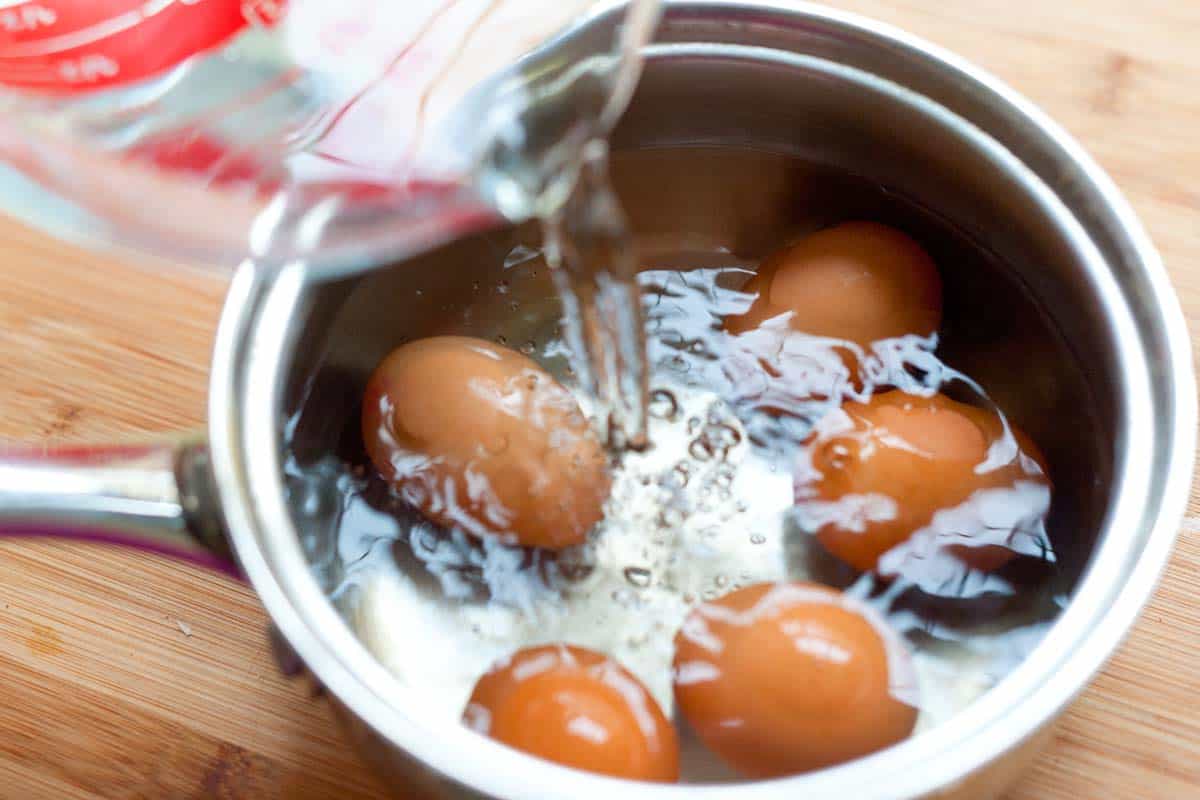
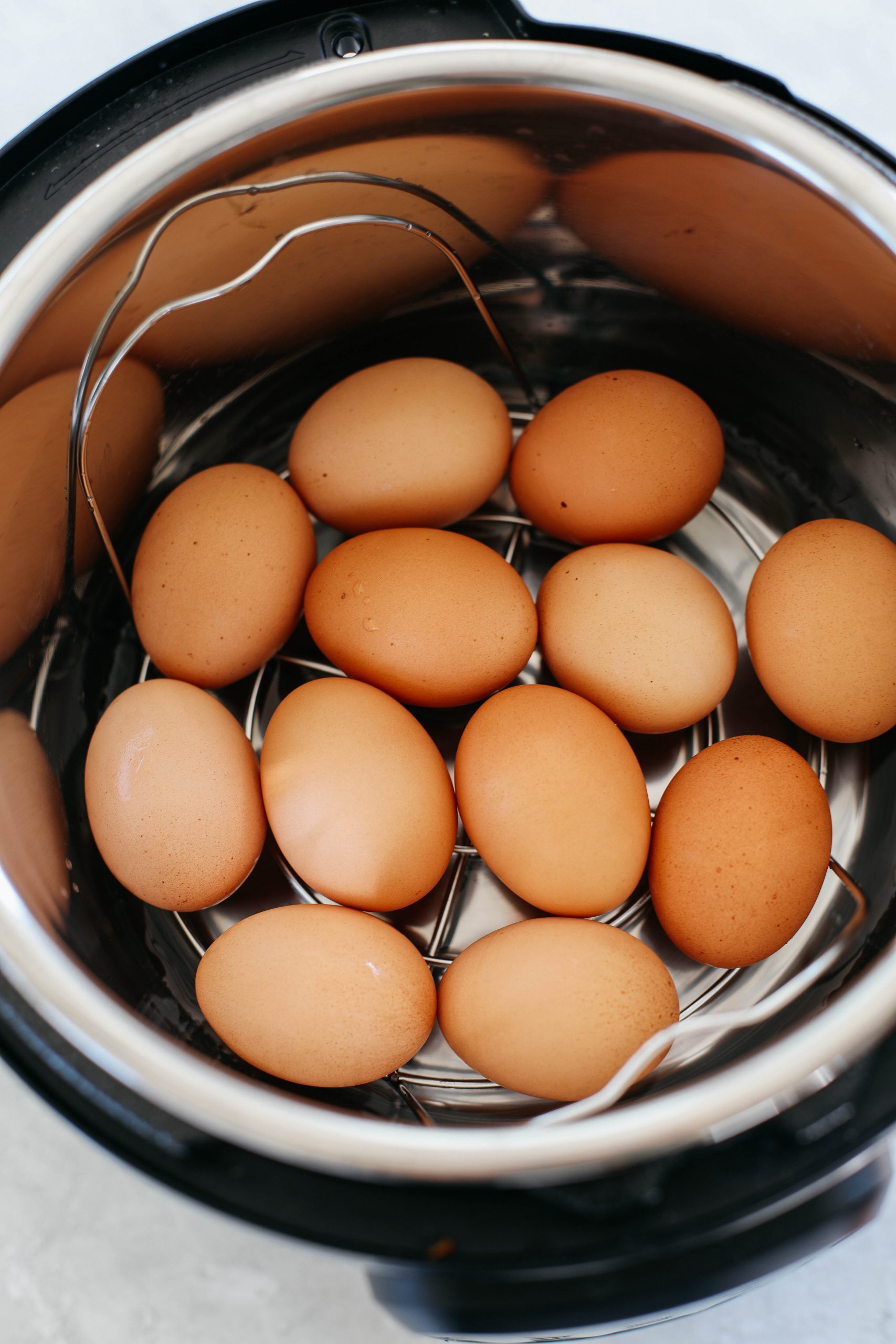
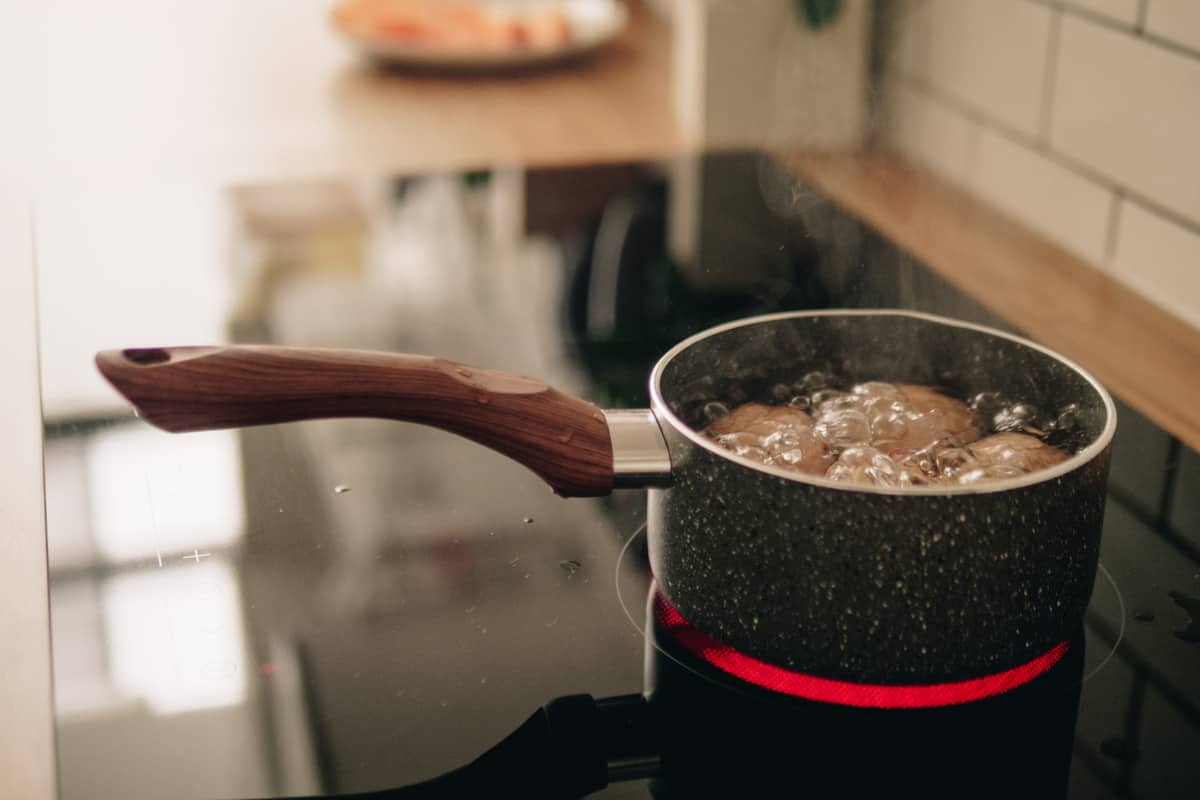
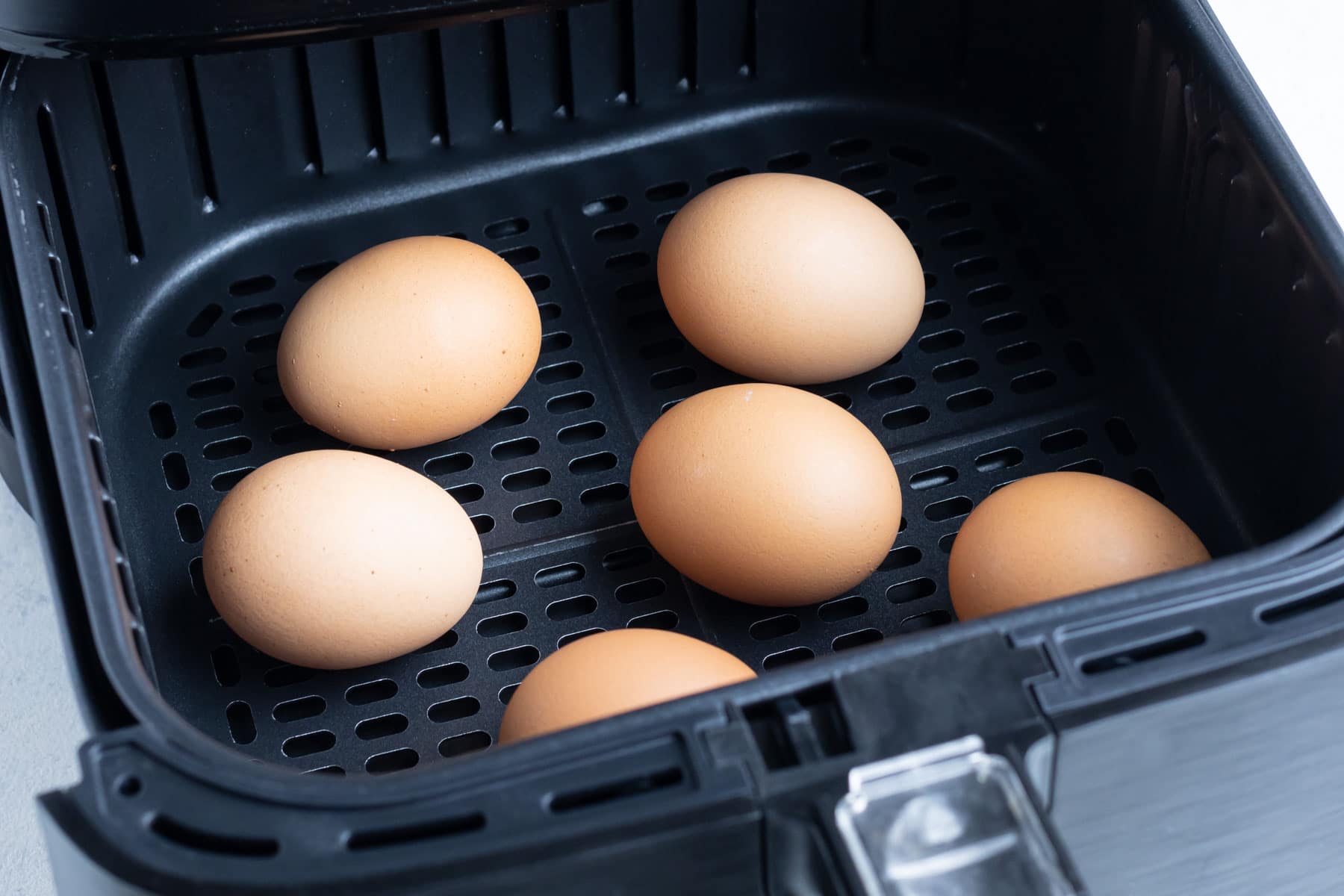
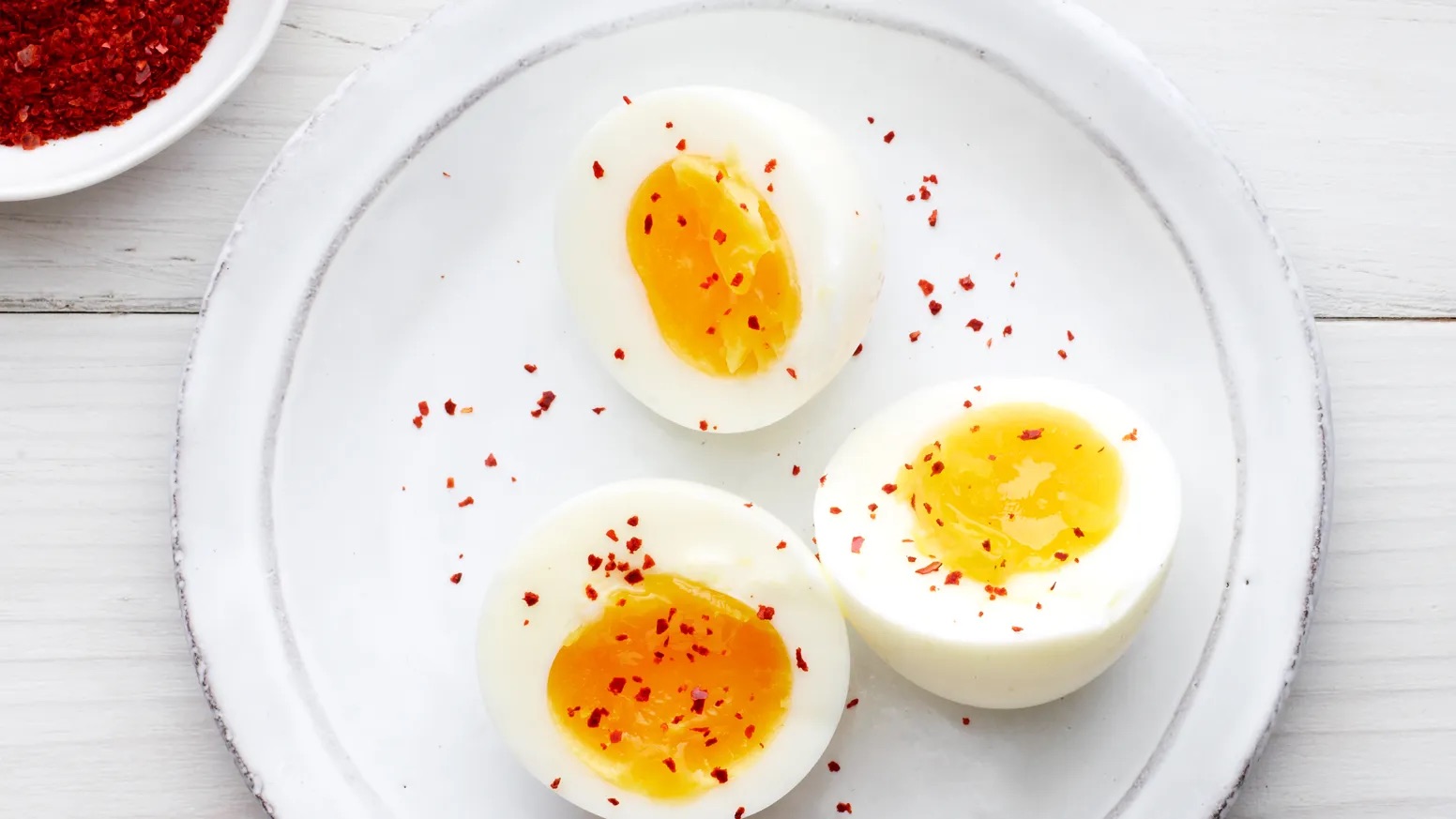
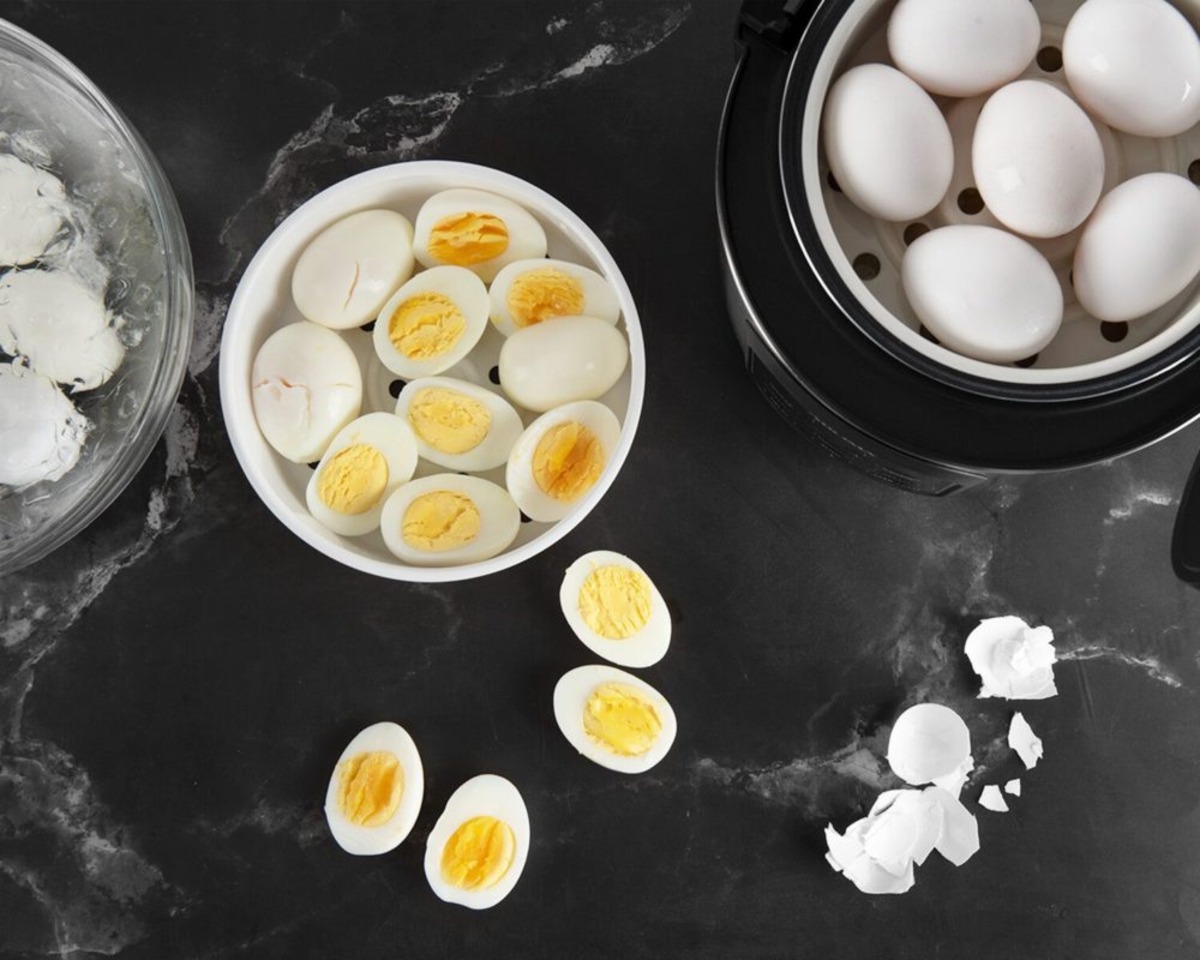

0 thoughts on “How To Store Soft Boiled Eggs”